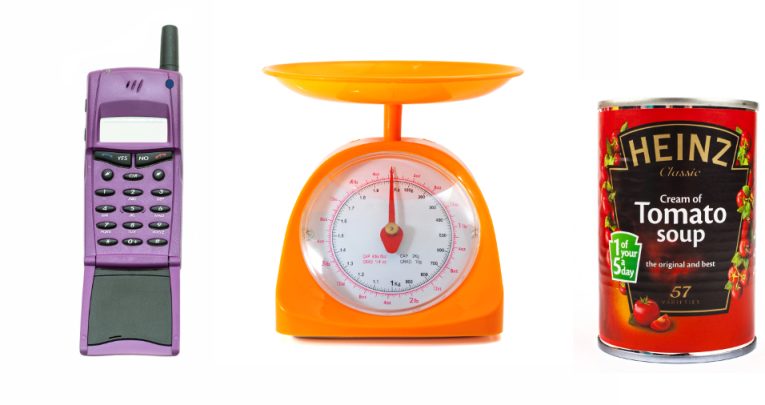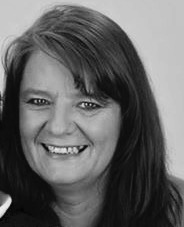5 Ways To Explore Numbers In Early Years

Give maths a real-life context with these ideas from Kirstine Beeley

- by Kirstine Beeley
- Early years training consultant with 20 years of experience Visit website

Give your little ones some easy ways to start understanding numbers with familiar items.
The key to successfully developing early maths understanding is to ensure the learning opportunities you provide reflect children’s own understanding of how we use numbers. Number lines for no reason, for example, can make maths seem alien and distant. Look to real-life for inspiration:
1. Pick up the phone
One of the first ways that children see us using numbers in their environment is with telephones. So why not try adding old mobile phones (minus the batteries) to your role-play provision? Adding a personalised phone book is an exciting way to engage children with numbers – a selection of pictures (of staff members or favourite TV or book characters) with telephone numbers alongside them is all you need to create your own directory!
2. Pass the remote
 Of course, there’s no reason to stop at mobile phones. In the technology-rich world in which we all live, children are used to seeing numbers in lots of different gadget-based contexts in and around their everyday environments. To take advantage of this fact, you could try adding some of this tech to your setting, to allow children to access numbers with real meaning.
Of course, there’s no reason to stop at mobile phones. In the technology-rich world in which we all live, children are used to seeing numbers in lots of different gadget-based contexts in and around their everyday environments. To take advantage of this fact, you could try adding some of this tech to your setting, to allow children to access numbers with real meaning.
For example, you could track down and introduce old television remotes, unwanted landline telephones, a variety of clocks (both digital and analogue), egg timers, stop watches and wristwatches. Identify as many opportunities as you can to talk about numerals within children’s self-led play with these objects, and watch their numerical knowledge grow.
3. What’s cooking?
Young children learn best when they are revisiting familiar scenarios within their play. This often leads to cooking and baking being popular pastimes during role-play and mud-play situations. Both of these activities offer plenty of opportunities to explore numerals, as well as first-hand exploration of weight and volume.
To make them count, ensure you have a variety of scales in your setting (baking, balance and luggage scales) as well as a variety of cookbooks so that children can explore numerals as they pretend to bake with numbers that make sense to their play.
To take it further, try making your own laminated mud kitchen recipe book: two stones, one pine cone and four leaves make a great recipe for stone soup!
4. In print
Giving young children access to printed numbers as part of their role play is a far more powerful way to promote mathematical learning than simply dressing your learning environment with meaningless plastic or wooden numbers or puzzles.
The likes of television guides, real tins and packets (these are great for introducing discussions about weight and shape too!), and raffle tickets are all valuable, and inexpensive, additions. Similarly, calendars and diaries can be picked up very cheaply later in the year, and are great for writing on – or head to the post office and purchase a couple of sheets of 1p or 2p stamps to complement existing mark making opportunities while simultaneously fostering an understanding of money as well as number.
5. Meaningful number lines
If you are going to put up a number line in your setting then you should make sure it has some significance to the children. A number line made up of birthday cards, for example, is much more engaging to young minds than a commercially available printed version, while a basket of door numbers, birthday cake candle numbers, real coins and car number plates has far greater potential to engage children in role play and number talk than plastic magnetic numbers in a kaleidoscope of colours.
Kirstine Beeley is an author and educational consultant.







